نبذة عن كتاب The Financial Crisis and the Future of the US Dollar as the Global Reserve Currency
In early 2009, the world economy seemed to be headed toward irreversible decline. However, it appears that a strong dose of stimulative monetary and fiscal policies have succeeded in stabilizing the financial system and setting the stage for global recovery. But while the overall sense of doom has been replaced by one of hope, the recovery has been highly uneven. The US economy, which was at the epicenter of the crisis, still faces a long hard slog in returning to sustained growth and lower unemployment, and the continental European economies have bounced back but are unlikely to record high growth. The emerging markets are another story altogether, with China and India in particular returning to remarkably high growth since the end of 2008.
The deep irony is that this pattern of recovery is setting the stage for a resurgence of the very global macroeconomic imbalances which contributed to the onset of the crisis in the first place. While the root causes of the financial crisis lie in weak regulatory systems and regulatory failures, global imbalances permitted the problems to fester and then blow up in our faces.
The dollar’s role in the global reserve pool clearly has major implications for its long-term value. Reserve accumulation by countries in the Middle East depends to a large extent on the price of oil. The other region that is likely to play a crucial role is Asia. China and other Asian emerging markets have played a dominant role in the expansion of the global reserve pool over the last decade.
Restoring and maintaining global financial stability will require decisive policy actions from a number of different actors. The United States needs to get its fiscal house in order. It is premature for the United States to pull back fiscal stimuli, but a well-articulated plan that lays out a path for restoring fiscal stability is essential. Meanwhile, the G20 has taken impressive steps to coordinate global stimulus efforts, make progress on financial regulatory reform, and increase the stability of the global financial system. But substantive actions by national governments, rather than just lofty sentiments, are needed to deal with the difficult challenges identified under this framework.بدا الاقتصاد العالمي مطلع 2009 وكأنه يتجه نحو تراجع لا عودة منه. لكن يبدو أن جرعة قوية من السياسات النقدية والمالية المحفزة نجحت في تحقيق استقرار في النظام المالي وتمهيد الطريق أمام تعاف عالمي. ومع أن الشعور بالأمل حل محل الشعور عام بالخراب، إلا أن التعافي كان متفاوتاً للغاية. فما زال الاقتصاد الأمريكي الذي شكل مركز الأزمة، يواجه جهداً شاقاً وطويلاً للعودة إلى نمو مستدام ومعدلات بطالة منخفضة، إضافة إلى أن اقتصادات القارة الأوربية تعافت لكن من غير المحتمل أنها ستسجل نمواً كبيراً. كما أن الأسواق الناشئة تمثل قصة مختلفة تماماً، حيث عادت الصين والهند تحديداً إلى تحقيق نمو كبير ملحوظ منذ نهاية 2008.وتتمثل المفارقة الكبيرة في أن نمط التعافي هذا يمهد الطريق أمام عودة اختلالات الاقتصاد الكلي العالمية ذاتها التي ساهمت في إطلاق شرارة الأزمة أصلاً. وفي حين أن جذور الأزمة المالية تكمن في أنظمة الرقابة الضعيفة وحالات الفشل الرقابي، فإن الاختلالات العالمية سمحت للمشكلات بالتفاقم، ثم الانفجار في وجوهنا.ومن الواضح أن دور الدولار في سلة الاحتياطي العالمي ينطوي على تداعيات كبيرة فيما يتعلق بقيمته على الأمد البعيد. ويعتمد تكديس الاحتياطي من قبل دول في الشرق الأوسط إلى حد كبير على سعر النفط. وتعتبر آسيا المنطقة الأخرى التي من المحتمل أن تعلب دوراً حاسماً؛ فقد لعبت الصين وأسواق آسيوية ناشئة أخرى دوراً مهيمناً في توسيع سلة الاحتياطي العالمي على مدى العقد الماضي.وسيتطلب استعادة الاستقرار المالي العالمي والحفاظ عليه خطوات سياسة حاسمة من عدد من الأطراف المختلفة. ويتعين على الولايات المتحدة إعادة ترتيب بيتها المالي. ومن السابق لأوانه بالنسبة للولايات المتحدة وقف الحوافز المالية، لكن من الضروري وضع خطة واضحة المعالم تحدد الطريق أمام استعادة الاستقرار المالي. في غضون ذلك اتخذت مجموعة العشرين خطوات مؤثرة لتنسيق جهود التحفيز العالمية، وتحقيق تقدم في مجال إصلاح الرقابة المالية، وزيادة الاستقرار في النظام المالي العالمي. غير أن هناك حاجة إلى إجراءات جوهرية من قبل الحكومات الوطنية بدلاً من المشاعر النبيلة للتعامل مع التحديات الصعبة المحددة في هذا الإطار.

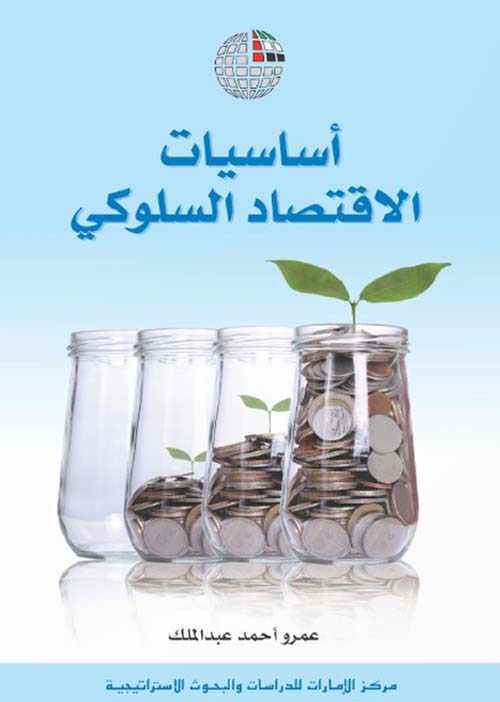
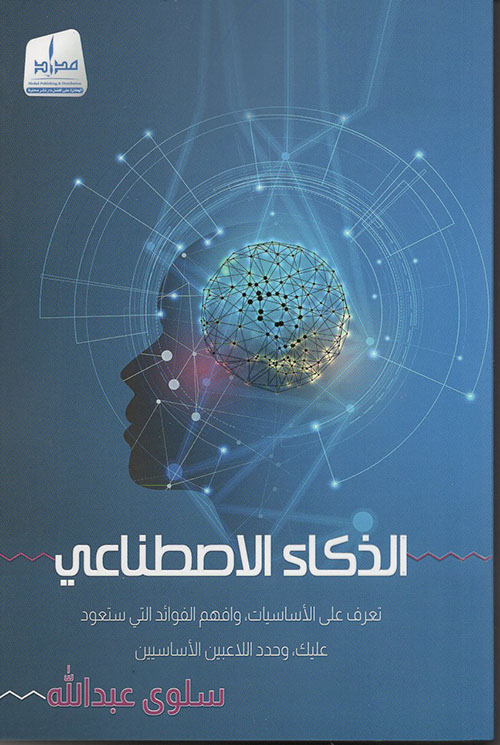

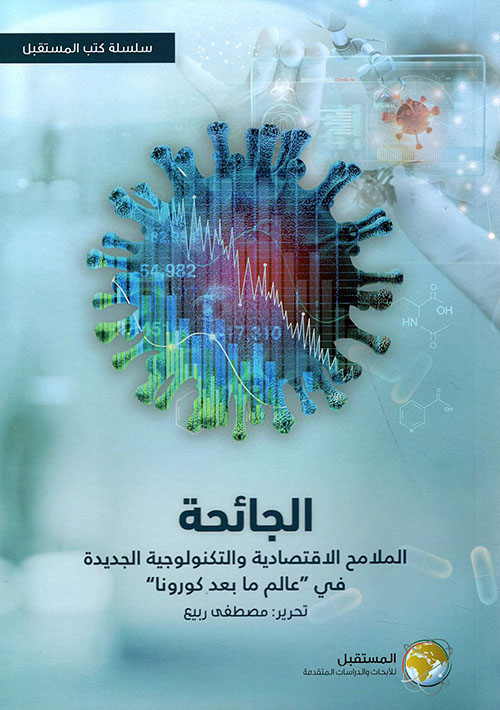
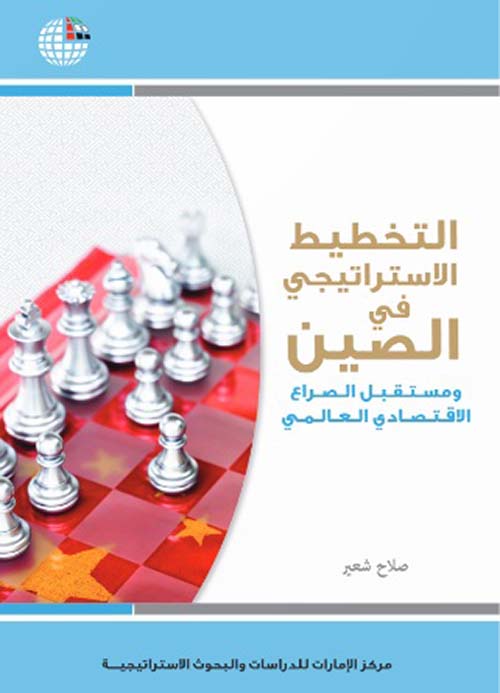
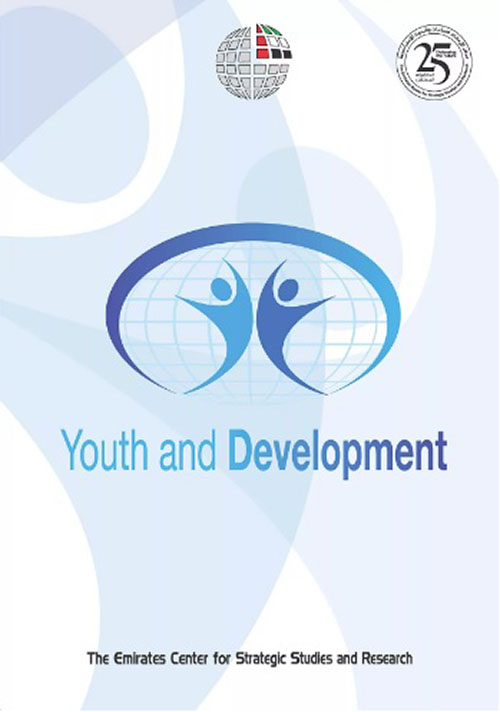

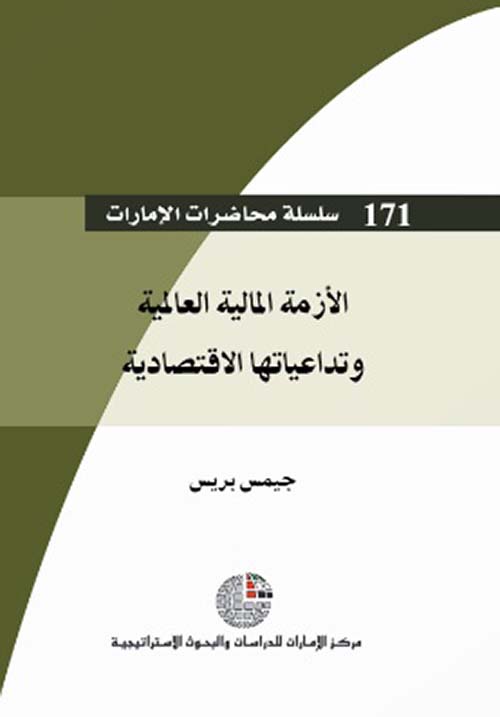

المراجعات
لا توجد مراجعات بعد.